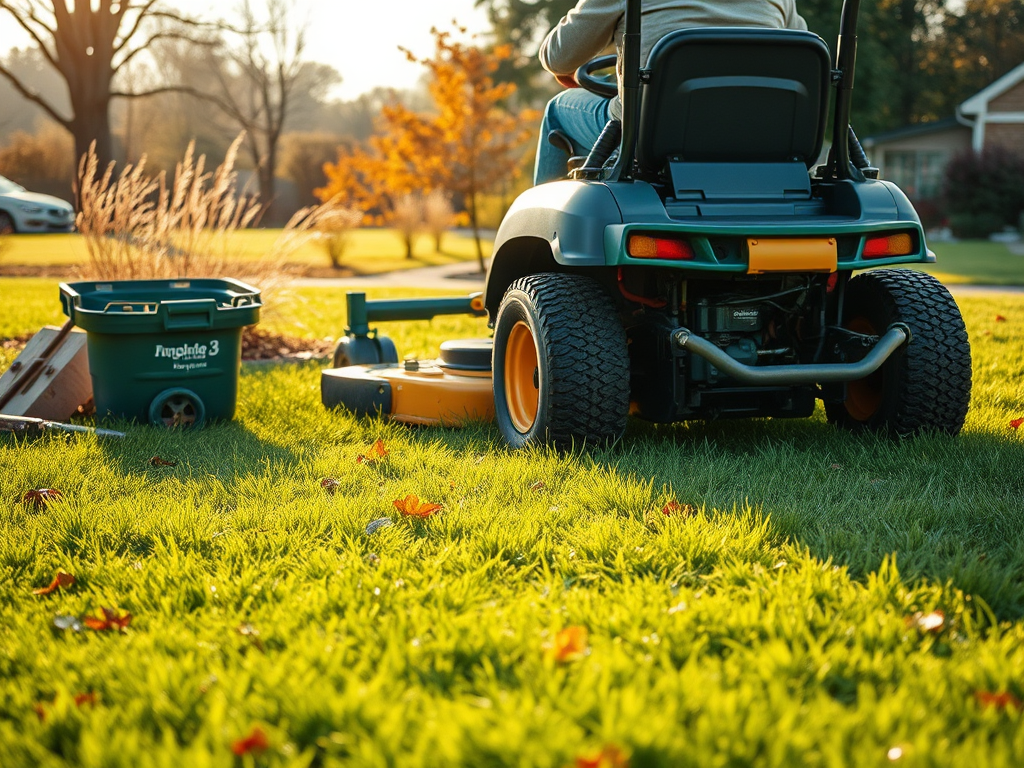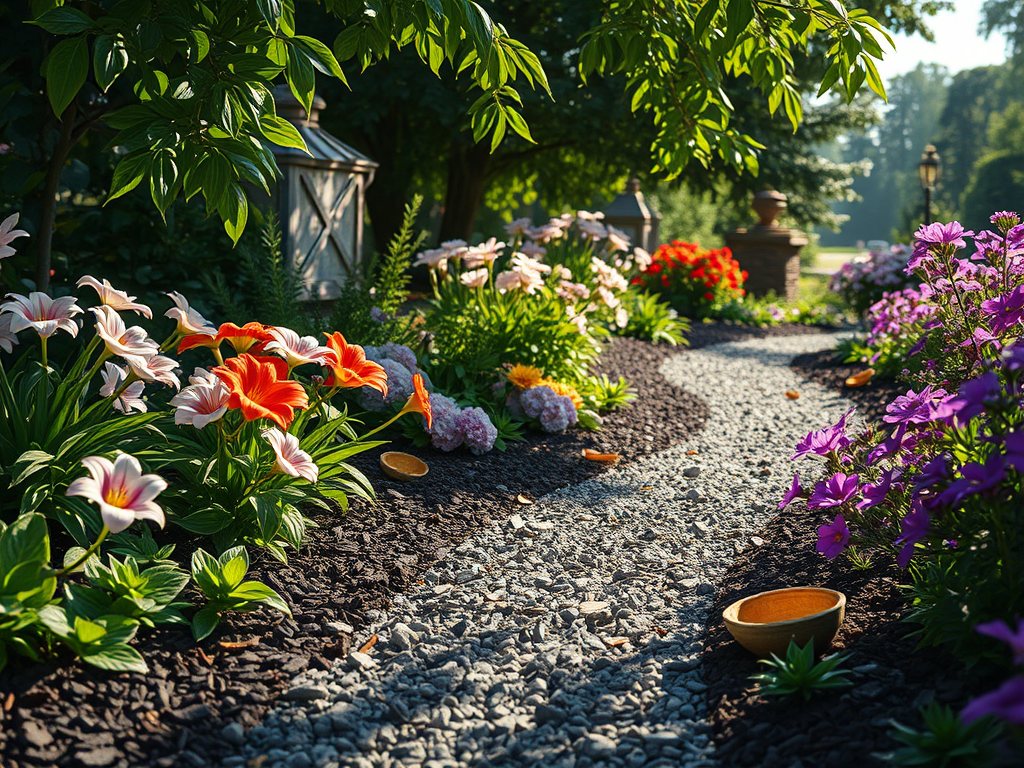While this may seem like strange blog post for early spring, the truth is that learning is never out of season! It always pays to learn whatever you can to take better care of your landscape, regardless of the time of year!
Sure, your lawn might seem to be in hibernation during the winter, but the steps you take in the fall are crucial to ensuring that it’s ready to thrive when spring arrives. Preparing your lawn for the winter months can help it withstand the cold, prevent winter damage, and bounce back with vigor in the warmer weather. Here’s how you can prepare your lawn for the colder months ahead.
Fertilizing for Winter
One of the most important steps in winterizing your lawn is applying the right fertilizer. During the fall, your lawn is still actively growing and storing nutrients for the winter months. Applying a fertilizer high in potassium and phosphorus will help strengthen grass roots and increase the lawn’s ability to resist cold and disease. Avoid fertilizers that are high in nitrogen, as they promote top growth that could be vulnerable to frost damage, and because your goal is not to spike growth in the final months of the year. Be sure to apply fertilizer when the lawn is dry, and water it in afterward to help the nutrients penetrate the soil.
Aerating Your Lawn
Aerating your lawn in the fall is an excellent way to prepare it for winter. Lawn aeration involves perforating the soil with holes to allow air, water, and nutrients to reach the grass roots more effectively. Fall is one of the best times to aerate because the soil is moist and the grass is still actively growing. This process helps reduce soil compaction, which can limit root growth, and promotes healthier turf. Aeration also improves water drainage and reduces thatch buildup, which can suffocate your lawn.
Mowing and Raking
Before winter arrives, it’s important to mow your lawn one last time. Lower the mower blade slightly for the final cut, but don’t cut too short. Grass that’s too short is more vulnerable to frost damage. If you’re cutting at 2.5-3 inches throughout the summer, a simple half-inch drop to the mower height is sufficient for this final cut. After mowing, rake up any fallen leaves and debris that have accumulated over the season. Leftover leaves on your lawn can block sunlight and promote fungal diseases, causing your lawn to become patchy and weak over the winter, so it’s crucial to remove them from your lawn before snowfall. If you don’t have time to rake, consider using a mulching mower to chop up the leaves and let them decompose naturally–this natural mulch is highly beneficial not only to your grass, but to your overall soil composition as well.
Watering Your Lawn
As the weather cools, you may think your lawn no longer needs water, but it’s important to continue watering until the ground freezes. A deep watering session helps the roots stay hydrated and healthy as they prepare for winter. Be sure to water your lawn early in the day to avoid freezing overnight. Once the ground starts freezing, stop watering, as it can lead to ice buildup and root rot. Also remember that watering will not need to be done as frequently, as the cooler weather causes evapotranspiration to slow, and with less sunlight, things dry out much slower.
Protecting Your Lawn from Snow and Ice
If you live in an area with heavy snowfall, take precautions to protect your lawn from snow mold and ice damage. Avoid piling snow on your lawn with snow blowers or shovels, as this can smother the grass. In the winter, limit foot traffic on your lawn, as walking on frozen grass can damage the blades and compact the soil. Additionally, if you use salt to melt ice, be mindful of where it’s applied, as too much salt can harm your grass, leaving burn marks wherever too much of it has leached into the soil.
Conclusion
Preparing your lawn for the winter months is an essential part of maintaining its health. By fertilizing, aerating, mowing, raking, watering, and protecting your lawn from too much snow and ice, you’ll help it stay strong through the cold months and ensure it emerges healthy and vibrant when spring arrives.




